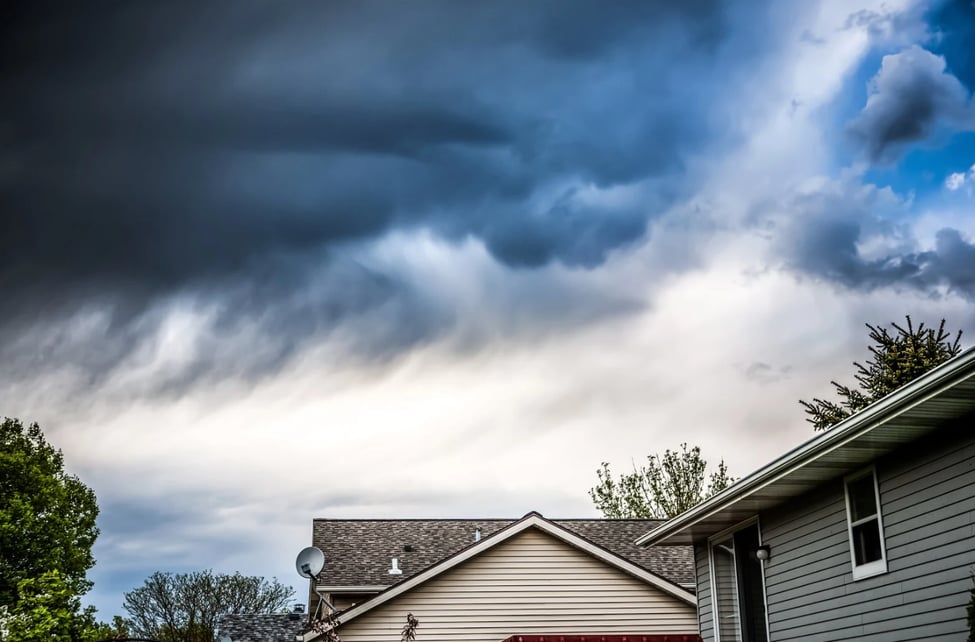As beautiful as spring can be, it often comes with unpredictable weather. From heavy rain and strong winds to hail and even tornadoes, homeowners need to be proactive to protect their property and their peace of mind.
Here are some essential steps to help safeguard your home from spring storm damage:
1. Inspect Your Roof and Gutters
Your roof is your home's first line of defense against stormy weather. Look for loose, missing, or curling shingles that could lead to leaks during heavy rainfall. If you're not comfortable inspecting it yourself, consider hiring a professional to check for signs of wear and tear.
Gutters and downspouts should be clear of debris so water can flow freely away from your home. Clogged gutters can cause water to pool near your foundation, leading to flooding or structural issues.
2. Seal Windows and Doors
Strong wind-driven rain can seep through small cracks or gaps around windows and doors. Inspect the weather stripping and caulking around all entry points and replace anything that's worn out. Not only will this help prevent water damage, but it can also improve energy efficiency.
3. Secure Outdoor Items
Patio furniture, planters, umbrellas, and even children's toys can become dangerous projectiles during a windstorm. Make it a habit to anchor, cover, or store these items when storm warnings are issued. Don't forget about your grill, garbage bins, or garden tools — they can all be affected by high winds.
4. Trim Trees and Overhanging Branches
One of the most common causes of storm-related property damage is falling branches. Walk around your property and identify any trees with limbs hanging near your roof, windows, or power lines. A quick trim by a qualified arborist can help reduce the risk of damage.
5. Check Sump Pumps and Drainage Systems
If your home has a sump pump, test it to make sure it's in working order. This is especially important in early spring when melting snow and rain can overwhelm your home's drainage. Make sure downspouts direct water at least five feet away from your foundation, and consider adding extensions if needed.
6. Prepare For Tornadoes and Emergency Weather
If you live in an area where tornadoes are possible, make sure your family knows your safety plan. Identify a safe shelter area — preferably a basement, interior room, or windowless hallway — and prepare an emergency kit with flashlights, batteries, water, non-perishable food, and important documents. Also, ensure you're set up to receive weather alerts via your phone. The more notice you have, the better prepared you'll be.
Spring storms may be unpredictable, but your preparation doesn't have to be. By taking a few simple steps now, you can help protect your home from costly damage and give yourself peace of mind throughout the season. A little time spent preparing today can go a long way when the next storm rolls in.

